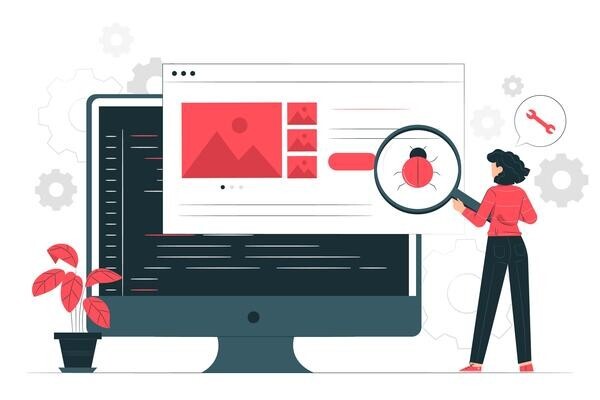
Simply adding images to your website isn’t enough today. The trend of content marketing is much more visual than ever before. Nowadays, websites rely heavily on visual content. Which is why, image SEO plays a pivotal role in modern search visibility.
To truly benefit, you need to follow updated image SEO best practices—and Google’s latest guidance makes one thing clear: consistent use of image URLs.
Let’s explore what this change means, how it affects your crawl budget, and how you can align your SEO strategy with Google’s evolving standards.
Google recently updated its official documentation to stress the importance of using the same URL whenever an image is shared across different pages of a website.
While this may seem minor, it actually plays a significant role in how efficiently your site is crawled and indexed.
When Google encounters multiple versions of the same image—each with a different URL—it treats them as unique. This consumes extra resources from your crawl budget and can impact how often and how deeply your site is indexed.
In contrast, using a consistent image URL allows Google to cache and reuse the image across your entire domain. The result? A more efficient crawling process and improved site performance.
Your crawl budget is essentially the number of pages Googlebot will crawl on your website within a given timeframe. For small websites, this isn’t usually a concern. But for enterprise-level sites or content-heavy platforms, e-commerce websites, real estate, every wasted crawl counts.
Duplicate image URLs may not seem like a big deal, but if you're running an e-commerce store or a media-rich blog, the difference adds up fast.
Google crawling the same image under different URLs can mean fewer valuable pages get indexed, reducing your overall SEO effectiveness.
Following image SEO best practices today goes well beyond compressing file sizes and adding alt text. With the new update, Google is pointing to something more structural: URL hygiene.
Here’s what you should do to align with this shift:
Start by checking whether the same image is served through multiple paths on different pages. This is common when sites dynamically resize or rehost images per category or location.
Decide on a consistent URL format and ensure all your content management templates follow that structure. If your image for a product banner is domain.com/assets/banner.jpg, keep it that way across all instances.
Consider using a centralized image management system or media library. This makes it easier to maintain consistency and simplifies your workflow when updating or replacing images across multiple pages.
Track your site’s crawl stats to measure improvements. Look for reduced image crawling volume and better indexing efficiency. Google Search Console’s “Crawl Stats” report can provide clear indicators of progress.
This update is a reminder that image SEO is evolving. It’s no longer just about adding a few descriptive words to your images. Today, image optimization is about helping search engines—and users—navigate your site more intelligently and efficiently.
With visual search capabilities growing through platforms like Google Lens, image handling will become even more critical. When search engines can better understand and access your visual content, you're better positioned for rich results and improved discoverability.
Adopting these practices doesn’t just save crawl budget—it directly enhances site speed, boosts indexing accuracy, and elevates your chances of ranking in image-based SERP features. Here’s what you gain:
Implementing these image SEO best practices doesn’t require an overhaul—but it does demand consistency. By unifying your image URLs across the site, you preserve crawl resources, streamline performance, and improve your chances of being seen in search results.
Now is the time to audit your current image strategy, reinforce standard practices, and keep pace with evolving SEO trends. If you manage a large or media-heavy site, this small tweak could lead to significant long-term gains.
Need help auditing your site’s image SEO? Connect with our team of digital marketing experts to optimize your visual content and unlock more organic traffic.